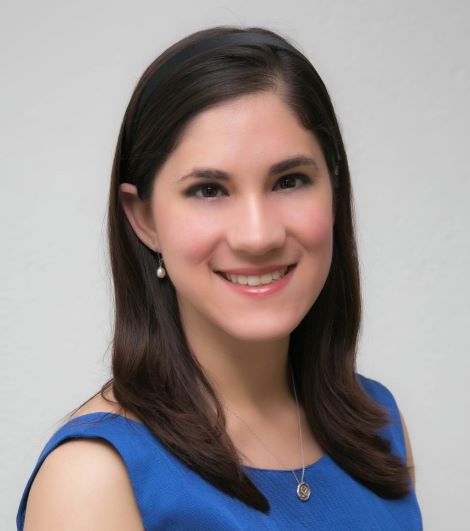Back in 2021, HBR published an article titled “Data Scientist: The Sexiest Job of the 21st Century”. This has triggered and encouraged hundreds of companies to look for data science positions within their org charts and thousands of professionals to start thinking about reskilling and changing careers. But ‘Data Scientist’ is just the tip of the iceberg, or the cherry on top of a number of roles and talent involved if you want to be a truly data-driven business.
To explain some of the different characters and players involved in data science we will use the analogy of a kitchen.
Imagine you want to bake a cake and all of the ingredients are in a large warehouse away from the kitchen. In our analogy, the cake is the algorithm we want to design (let’s say we are baking a predictive model for sales in ecommerce), and the data are the ingredients needed (so this could be anything ranging from past sales, inventory, customer data, etc).
You need a business analyst to go to the warehouse (o pantry) and look at all the ingredients available. They don’t know what recipe will be used but they are the ones that will point to what ingredients might be needed. They have the intuition to figure it out, because they’ve seen how cakes are made and have tasted them before.
In order to get those ingredients to the kitchen, then you need a data engineer with the right tools. They might need a forklift to pick it up (extract), and some boxes to store it or cups to measure it (transform). They also need to place the items on the kitchen counter (load).
Finally, the data scientist will use the ingredients in different ways to bake a cake. They will write a program capable of browsing through millions of other successful cakes that have been baked before. The program will then take a look at the ingredients and try to work with them. It is likely that the first attempts will look nothing like a cake. But many iterations later, the program will learn you need to mix the ingredients before you bake them. Many cakes will end up burnt or undercooked. But at the end, they will end up with a delicious treat.
The business analyst will be the one to have the first look, smell and bite and will put the frosting on to take it to the business leaders for a taste.
In the end it is the business leaders who will decide if the cake is good enough to eat and sell. If it isn’t, it is time to go back to the kitchen and try again.
In many cases, these roles may come up with other names. But all in all, they all require to work together to create data science: from the observation of a phenomenon, to the writing of a question and hypothesis, the collection of the tools and the experimentation until a conclusion is reached and action is taken.
And one size does not fill all. It all depends on the size and digital maturity of a business. You might just need a microwave, or you might have to install an industrial kitchen.
The author is an adjunct professor at EGADE Business School.
Orignally publised in El Empresario.
